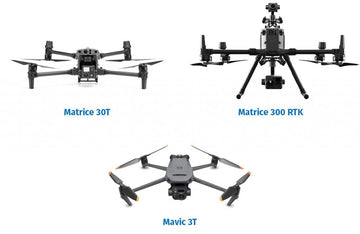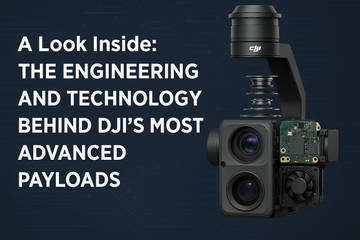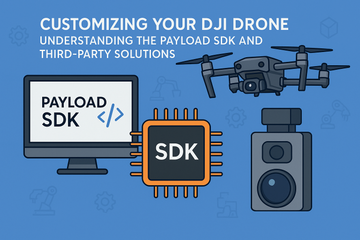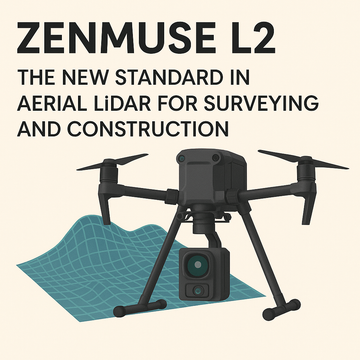Introduction
Enterprise drone buyers often face a critical question: Should I invest in the DJI Matrice 30 or the DJI Matrice 300 RTK? Both are powerful tools in DJI’s enterprise lineup, but they serve slightly different purposes. Understanding their key differences in size, portability, and payload versatility is essential for making the right purchasing decision.
1. Size and Portability
-
Matrice 30 (M30):
-
Compact and foldable design for easy transport.
-
Ideal for field teams, emergency responders, and mobile inspections.
-
Can be deployed in minutes with minimal setup.
-
-
Matrice 300 RTK (M300):
-
Larger airframe designed for heavy-duty missions.
-
Requires more storage and setup space.
-
Better suited for long-term, fixed-base operations where portability is less critical.
-
Verdict: If mobility and quick deployment are priorities, the M30 wins. If durability and stability for large-scale missions are required, the M300 excels.
2. Payload Versatility
-
M30 Series:
-
Integrated payload system with wide, zoom, and thermal sensors in the M30T model.
-
Designed for ready-to-fly missions without payload swapping.
-
Limited compared to M300’s modular system.
-
-
M300 RTK:
-
Supports multiple interchangeable payloads like the Zenmuse H20 series, P1 (photogrammetry), and L1 (LiDAR).
-
Can carry up to three payloads simultaneously.
-
Perfect for industries needing customized sensors.
-
Verdict: For versatility and advanced applications like LiDAR mapping or multispectral imaging, the M300 RTK is unmatched. The M30 is streamlined for teams that want an all-in-one solution.
3. Flight Performance & Endurance
-
M30:
-
Maximum flight time of ~41 minutes.
-
IP55 weather resistance for challenging conditions.
-
Balanced performance for most industrial use cases.
-
-
M300 RTK:
-
Maximum flight time of ~55 minutes.
-
IP45 rating (lower weather resistance than M30).
-
Heavier but longer endurance for complex missions.
-
Verdict: The M300 RTK has the edge in flight time, while the M30 is more resilient in tough weather.
4. Best Use Cases
-
Matrice 30:
-
Rapid deployment for public safety, emergency response, and mobile inspections.
-
Utility companies needing quick spot inspections.
-
Teams with limited transport space.
-
-
Matrice 300 RTK:
-
Advanced industrial use like LiDAR mapping, photogrammetry, and multispectral analysis.
-
Large-scale infrastructure inspection (oil & gas, power lines, railways).
-
Organizations with dedicated drone teams and heavy payload needs.
-
Conclusion
The DJI Matrice 30 is the ultimate portable, quick-deployment drone, perfect for organizations needing mobility and efficiency. The DJI Matrice 300 RTK, on the other hand, remains the go-to platform for payload flexibility, long endurance, and advanced mission versatility.
Ultimately, the right choice depends on your operational priorities:
-
Choose the M30 if you need a lightweight, all-in-one solution for rapid missions.
-
Choose the M300 RTK if you need modular payloads and maximum endurance for specialized operations.
#DJIMatrice30 #DJIMatrice300RTK #EnterpriseDrones #DJIEnterprise #DroneInspection #AerialMapping #DroneTechnology #LiDARDrones #IndustrialDrones #PublicSafetyDrones







